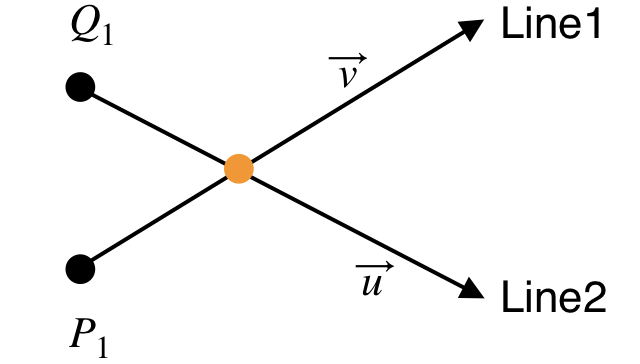
When a vector with magnitude r r and angles α, β, γ α, β, γ is given, the coordinate form of the vector is Given the vector in figure, values of a a, b b, and c c are derived as a = 3 cos 60 a = 3 cos 60 b = 3 cos 45 b = 3 cos 45 c = 3 cos 75 c = 3 cos 75 Note that the third angle can be derived from the other two angles. If these three parameters are available we can derive the vector notation a i + b j + c k a i + b j + c k. The same in 3D, to describe the vector a i + b j + c k a i + b j + c k shown in figure, the vector is completely defined by ' r r and α, β α, β'. It is noted that the values of a a and b b in the figure are ' a = 8 cos 60 a = 8 cos 60 and b = 8 sin 60 b = 8 sin 60'. To describe the vector a i + b j a i + b j shown in the figure, if ' r r and θ θ' are available we can derive the vector form a i + b j a i + b j. This has the necessary information about the vector. The alternate representation to component form is to specify magnitude and angles made by the vector on the axes.


eg: a i + b j + c k a i + b j + c k specifies the component along x − x -axis is a a, the component along y − y -axis is b b, and the component along z − z -axis is c c. While referring to vector quantities, we use the form that specifies the components along the axes. 'cosine ' of an angle is 'the ratio of adjacent side (adjacent to the given angle) to the hypotenuse in a right angled triangle'.


 0 kommentar(er)
0 kommentar(er)
